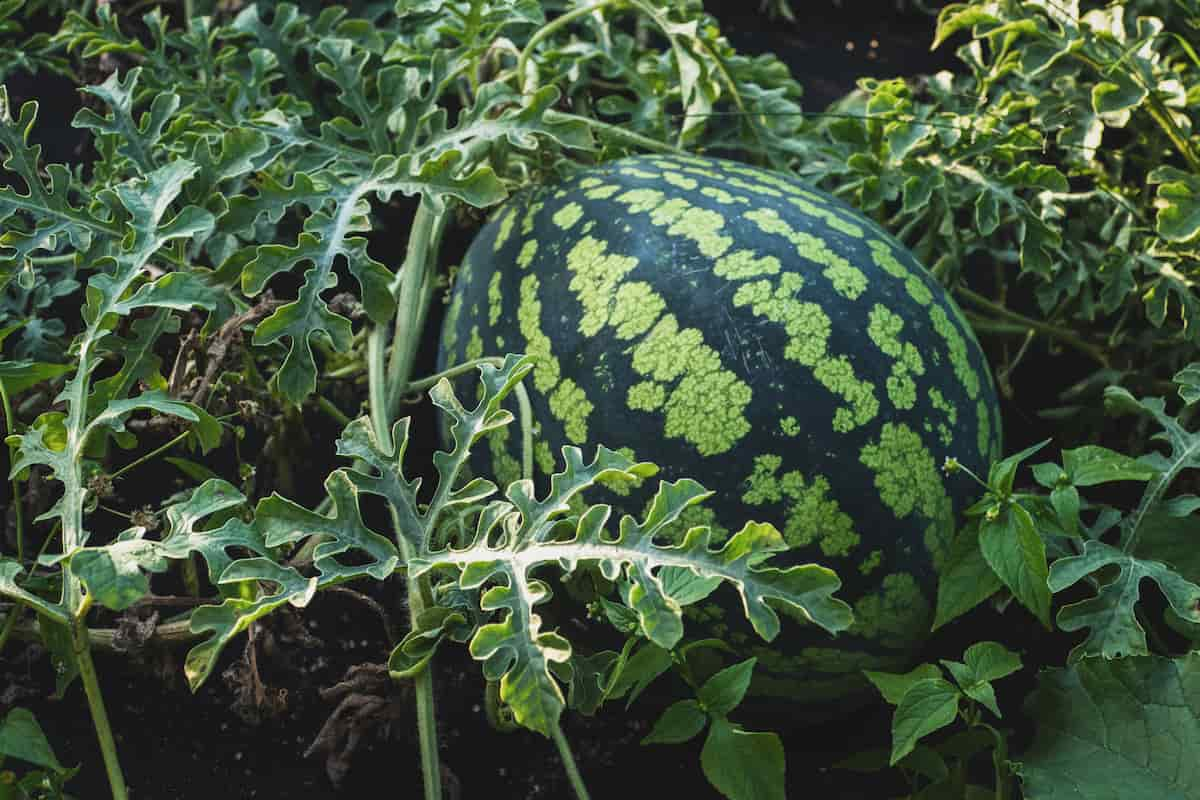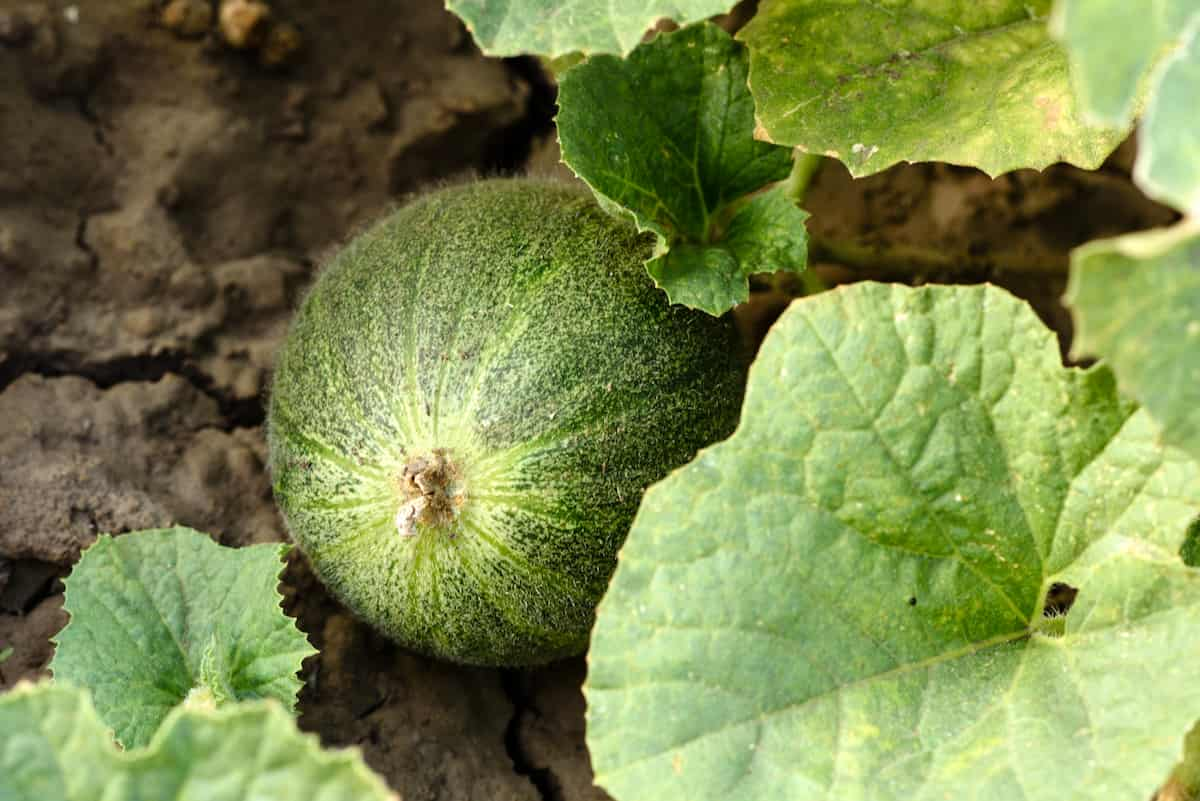Watermelons are one of the most popular and refreshing fruits worldwide. Seedless watermelons are an innovative and profitable crop that has gained popularity among farmers and consumers. Unlike traditional watermelons, seedless varieties are a product of crossbreeding that produces fruit with small, soft, and edible seeds.

This guide will take you through the step-by-step process of growing seedless watermelons, from planting to harvesting. Below we learn about commercial seedless watermelon production and the seedless watermelon farming manual.
Seedless Watermelon Farming
Choose the Right Variety
The first step in seedless watermelon farming is to choose the right variety. Several types of seedless watermelons are available in the market, and it’s important to select a variety well-suited to your climate and soil conditions. Some popular seedless watermelon varieties include:
- Sugar baby: This variety produces small, round, sweet fruits that are perfect for snacking.
- Crimson sweet: This larger variety produces sweet and juicy watermelons that are great for eating and making juice.
- Jubilee: This variety produces large, sweet watermelons perfect for making watermelon salads.
Prepare the Soil
Seedless watermelons require well-drained soil with a pH level between 6.0 and 7.5. Add lime to increase the pH level if your soil is too acidic. But, if your soil is overly alkaline, you can bring down the pH by mixing in some sulphur. It’s also important to till the soil to a depth of at least 6 inches and remove any rocks, weeds, or debris.
Plant the Seeds
Once the soil is ready, it’s time to plant the seeds. You can start by planting the seeds indoors, directly in the field or in a greenhouse, or. If planting the seeds indoors, you can start them about four weeks before your area’s last expected frost date. If planting the seeds directly in the field, wait til the soil has warmed to at least 70°F. Plant the seeds 1 inch deep and 3 feet apart in rows at least 6 feet apart. Watermelons require much water, so make sure the soil is moist but not waterlogged.
Provide Proper Care
- Watering: Water your watermelons regularly, especially during hot and dry weather. Try to provide at least 1 inch of water per week.
- Fertilizing: Watermelons require plenty of nutrients to grow, so it’s important to fertilize them regularly. Be sure you use a fertilizer with all 3 components, phosphorus, potassium, and nitrogen.
- Mulching: Mulching can help to retain moisture in the soil and prevent weeds from growing. Use organic mulch, such as straw or hay.
- Trellising: Trellising can help support the watermelons’ weight and prevent them from touching the ground. Use a sturdy trellis or support system.
- Pruning: Prune the watermelon vines regularly to promote air circulation and prevent disease.
Harvest
Seedless watermelons are ready to harvest when the fruit is fully grown, and the stem is dry and brown. You can also check if the watermelon is ripe by tapping it with your finger. A ripe watermelon should produce a deep, hollow sound. To harvest the watermelons, use a sharp knife to cut the stem about 1 inch from the fruit.
In case you missed it: Black Watermelon Farming: A Step-By-Step Guide to Start from Seed to Harvest

Storage
Proper storage of seedless watermelons can help to maximize their shelf life and maintain their quality. Store the watermelons in a cool and dry place, away from direct sunlight. You can store them in the refrigerator, but wrap them in plastic to prevent moisture loss.
Conclusion
Growing seedless watermelons can be a profitable and rewarding venture for farmers. Remember to choose the right variety, prepare the soil, provide proper care, and harvest the watermelons at the right time. With these tips, you can enjoy sweet and juicy seedless watermelons all summer long.
- Feed Your Flock for Less: Top 10 Tips to Save on Chicken Feed
- Ultimate Guide to Ossabaw Island Hog: Breeding, Raising, Diet, and Care
- Hatching Answers: The Top 10 Reasons Your Chickens Aren’t Laying Eggs
- Eggs and Economics: Breaking Down the Cost of Raising Backyard Chickens
- Defend Your Greens: Proven Methods to Keep Iguanas Out of Your Garden
- Ultimate Guide to Cinnamon Queen Chicken: A Comprehensive Guide for Beginners
- Ultimate Guide to California Tan Chicken: Breeding, Raising, Diet, Egg-Production and Care
- Ultimate Guide to Marsh Daisy Chicken: Breeding, Raising, Diet, and Care
- 10 Types of Chicken Farming Businesses You Can Start for Profits